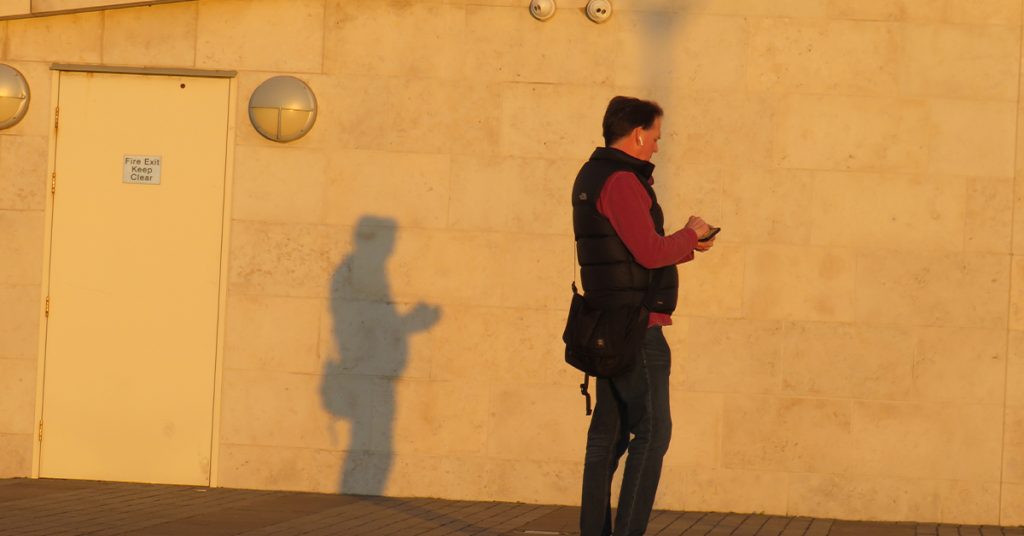Men, suicide and society

Each and every suicide is a tragedy which has devastating effect on families, friends, colleagues and the wider community.
For nearly 60 years, Samaritans has been leading the way to reduce suicide by making it possible for people to go on living. People contact us when they are struggling to cope and need someone to talk to. Our confidential helpline is open around the clock, every day of the year, providing a safe place for people to talk.
The gender disparity in death by suicide is often mentioned – men are three times more likely than women to die by suicide. Even more glaring is the socio-economic inequality in suicide risk – with those in the poorest socio-economic circumstances approximately ten times more at risk than those in the most affluent conditions. The high suicide rates in young men have always received considerable public attention, despite the fact that the rates in middle aged men have been at a comparable level over the past 40 years. More recently middle aged men have become the age group at highest risk, particularly those who are socio-economically disadvantaged.
This research has allowed us to really get behind the statistics and look into the real lives of these men to understand why. The vision of Samaritans is that fewer people die by suicide, and to make this vision a reality we need to understand what it is that brings so many middle aged men to the point of choosing to end their lives. Samaritans works by listening. Our volunteers give up thousands of hours every year so that there is always a caring person who will listen. We are listening to this middle
aged man. The research in this report will help us understand his reasons. It will help us provide him support, support that will help him to decide to go on living.






